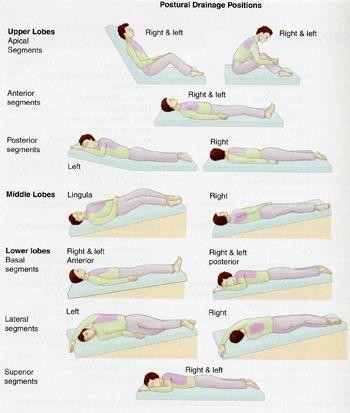A nurse is providing dietary teaching to a client who has heart failure and a new prescription for a 2-g sodium diet. Which of the following client statements should the nurse identify as an understanding of the teaching?
"I should use canned instead of frozen vegetables."
"I can season my foods with lemon juice."
"I should use salt sparingly while cooking."
"I can use baking soda when I bake."
The Correct Answer is B
A 2-g sodium diet means limiting sodium intake to no more than 2000 mg per day. Sodium is found in salt and many processed foods, such as canned vegetables, soups, sauces, and baked goods. Sodium can cause fluid retention and worsen heart failure symptoms, such as shortness of breath, swelling, and fatigue. Therefore, the client should avoid adding salt or salt substitutes (such as baking soda) to their foods and choose fresh or frozen vegetables over canned ones. Lemon juice is a low-sodium alternative that can add flavor to foods without increasing sodium intake.
Nursing Test Bank
Naxlex Comprehensive Predictor Exams
Related Questions
Correct Answer is B
Explanation
A 2-g sodium diet means limiting sodium intake to no more than 2000 mg per day. Sodium is found in salt and many processed foods, such as canned vegetables, soups, sauces, and baked goods. Sodium can cause fluid retention and worsen heart failure symptoms, such as shortness of breath, swelling, and fatigue. Therefore, the client should avoid adding salt or salt substitutes (such as baking soda) to their foods and choose fresh or frozen vegetables over canned ones. Lemon juice is a low-sodium alternative that can add flavor to foods without increasing sodium intake.
Correct Answer is B
Explanation
A chest physiotherapy vest is a device that delivers high-frequency chest wall oscillation to loosen and mobilize mucus from the airways . This helps improve lung function and prevent respiratory infections in patients with cystic fibrosis, who have thick and sticky mucus production . A peak flow meter is used to measure the peak expiratory flow rate, which reflects the degree of airway obstruction in patients with asthma .
An NG tube with suction apparatus is used to decompress the stomach and remove gastric contents in patients with bowel obstruction, paralytic ileus, or gastroparesis . A chest tube with a drainage system is used to remove air or fluid from the pleural space in patients with pneumothorax, hemothorax, or pleural effusion .

Whether you are a student looking to ace your exams or a practicing nurse seeking to enhance your expertise , our nursing education contents will empower you with the confidence and competence to make a difference in the lives of patients and become a respected leader in the healthcare field.
Visit Naxlex, invest in your future and unlock endless possibilities with our unparalleled nursing education contents today
Report Wrong Answer on the Current Question
Do you disagree with the answer? If yes, what is your expected answer? Explain.
Kindly be descriptive with the issue you are facing.
